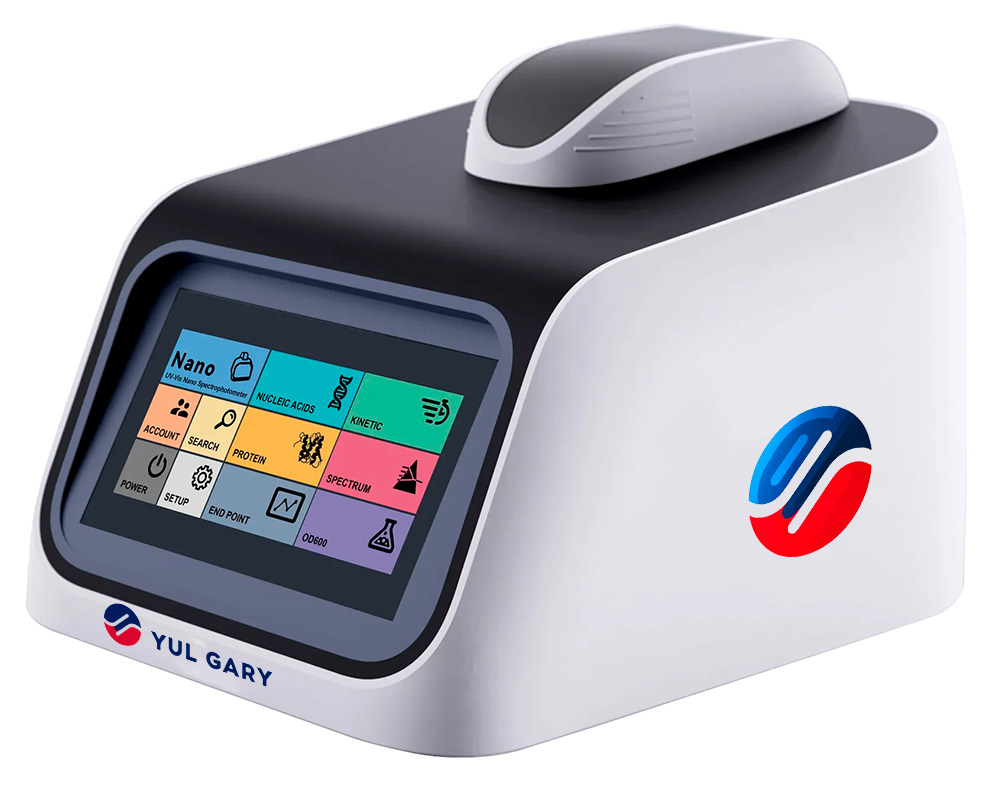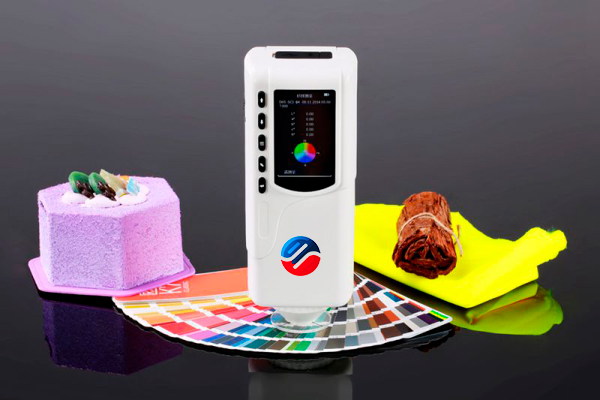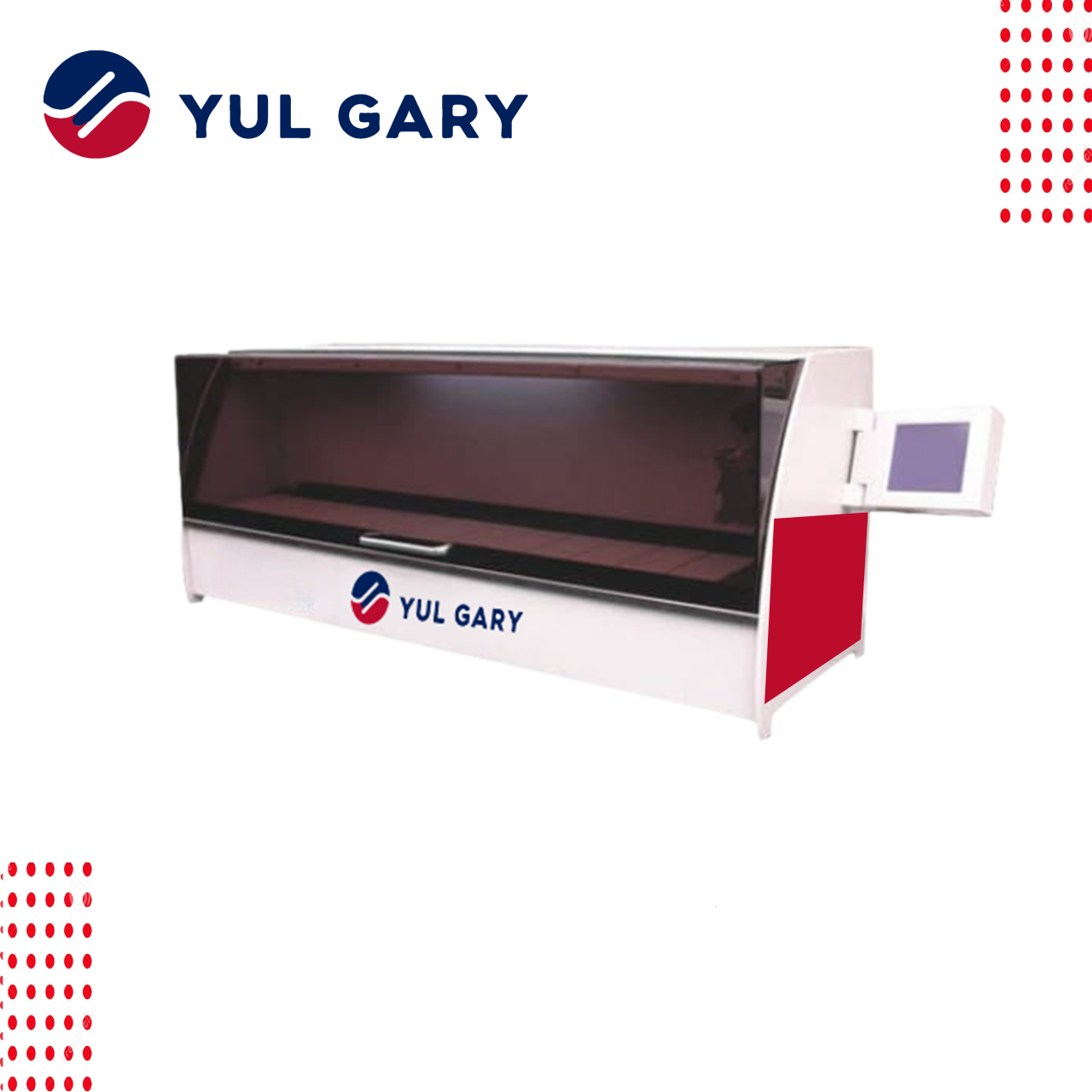When it comes to precision and reliability, Kalstein’s spectrophotometers stand out in the competitive market of laboratory equipment. Their models are widely recognized for their versatility, allowing scientists to perform accurate spectroscopic analyses in various fields of research and diagnostics.
With a strong reputation for quality and durability, these instruments cater to both routine and specialized laboratory tasks, making them a preferred choice for researchers worldwide.
We understand that you need equipment that delivers maximum value to your laboratory. We invite you to visit https://yulgary.no/category-product/laboratory-line/spectrophotometers-laboratory-line/ to immerse yourself in our universe of cutting-edge technology equipment. Our prices are competitive and accessible, we combine the convenience of online shopping with the guarantee of an exceptional product. Because you deserve the best, we create and offer top-tier laboratory equipment. Make your choice today, where science comes to life. https://yulgary.no/
Spectrophotometers by Kalstein
Kalstein’s commitment to innovation ensures that its spectrophotometers meet the evolving needs of modern laboratories. By combining advanced optical technologies with user-friendly interfaces, these instruments deliver consistent, reproducible results.
Their reputation as a trusted brand is reinforced by the positive feedback from users who appreciate both the performance and the support provided by the company’s technical team. This level of reliability is a testament to Kalstein’s dedication to manufacturing top-notch laboratory instruments.
Features of Spectrophotometers
Spectrophotometers are distinguished by their ability to measure the intensity of light as a function of wavelength. Key features that make them indispensable in laboratories include their wide wavelength range, high spectral resolution, and intuitive software interfaces. These instruments typically offer precise wavelength calibration and robust optical components, ensuring minimal drift and stable performance over time. In addition, modern spectrophotometers often include features such as multiple sampling modes, automatic baseline correction, and seamless data integration with laboratory information management systems (LIMS).
Another critical aspect is the versatility of sample handling. Many spectrophotometers accommodate various cuvette sizes, microplates, and other specialized holders, making them suitable for diverse applications. Whether conducting routine absorbance measurements, fluorescence analyses, or more complex kinetic studies, these instruments are designed to deliver reliable, accurate data consistently. The combination of performance, adaptability, and ease of use makes spectrophotometers an essential tool in scientific research and diagnostics.
Types and Models of Spectrophotometers
Spectrophotometers come in several configurations, each tailored to specific applications. For example, single-beam spectrophotometers are often used in teaching laboratories and smaller research facilities due to their simplicity and cost-effectiveness. In contrast, double-beam models are favored in more advanced settings where precision and stability are paramount. These instruments simultaneously measure the sample and reference beams, reducing noise and improving overall measurement accuracy.
Specialized models also include UV-Vis spectrophotometers for ultraviolet and visible spectrum analysis, as well as near-infrared (NIR) and fluorescence spectrophotometers for specialized applications. Handheld and portable versions cater to fieldwork, enabling researchers to collect data on-site without compromising accuracy. The variety of models available ensures that laboratories can find a spectrophotometer that matches their specific needs, from basic educational experiments to highly specialized industrial research.
Why Are Spectrophotometers Priced This Way?
Spectrophotometers are precision instruments that require advanced optical components, high-quality light sources, and robust detection systems. The materials and technologies involved—such as diffraction gratings, photodiode arrays, and UV-grade optics—contribute significantly to production costs. Moreover, the level of research and development invested in improving spectral resolution, software integration, and user interfaces also affects the pricing.
Beyond manufacturing costs, the price of spectrophotometers reflects the value they provide in terms of reliability, accuracy, and long-term support. Higher-end models often include extended warranties, calibration services, and technical support from the manufacturer, ensuring that laboratories can rely on these instruments for years without costly downtime. While these factors result in higher initial costs, the return on investment—through improved data quality and streamlined workflows—justifies the pricing for most scientific and industrial users.
Comparing Spectrophotometers with Similar Products
| Brand | Key Features | Pricing | Overall Performance |
| Kalstein | High spectral resolution, user-friendly software, reliable technical support | Affordable | Excellent |
| Agilent | Advanced UV-Vis-NIR capabilities, robust design | Expensive | Very good |
| Thermo Fisher | Broad wavelength range, strong brand reputation | Premium | Very good |
| Shimadzu | High-quality optics, extensive application library | High | Good |
Kalstein spectrophotometers consistently offer a balanced combination of price and performance, making them the best choice for laboratories seeking high-quality results without exceeding their budgets.
Pros and Cons of Spectrophotometers
| Pros | Cons |
| High precision and accuracy | Some models may have a steep learning curve |
| Wide wavelength range and multiple analysis modes | Initial cost can be high for advanced models |
| Durable construction and long lifespan | Requires regular maintenance and calibration |
| Advanced software integration for streamlined workflows | Limited portability for larger benchtop models |
| Reliable technical support from manufacturers | |
| Adaptable sample handling for various applications | |
| Easy to upgrade and expand capabilities | |
| Trusted by researchers in numerous scientific fields |
Benefits of Using These Spectrophotometers
By choosing a high-quality spectrophotometer, laboratories gain access to an essential analytical tool that enhances the accuracy of their research. These instruments allow for precise quantification of molecular absorption and emission, enabling the characterization of compounds, monitoring of chemical reactions, and quality control in industrial processes. The reliable performance of spectrophotometers helps researchers produce data that is both reproducible and trustworthy, supporting peer-reviewed publications and regulatory compliance.
Additionally, spectrophotometers contribute to time savings and improved productivity. Their advanced software features automate data collection, analysis, and reporting, reducing the manual workload and allowing researchers to focus on interpretation rather than data processing. This level of efficiency ensures that laboratories can handle more experiments in less time, boosting overall throughput and making spectrophotometers an invaluable part of any research or quality control environment.
Other Advantages of Spectrophotometers
In addition to their core capabilities, spectrophotometers offer other notable advantages. Their compatibility with a wide range of samples—from liquids to solids and thin films—makes them a versatile choice for multidisciplinary laboratories. Many modern models are designed to integrate seamlessly with existing laboratory equipment, including chromatography systems and automated samplers, further enhancing their usability.
Another significant advantage is the continuous improvement in user interfaces. Intuitive touchscreen displays, multilingual software options, and detailed instruction manuals make these instruments accessible even to less experienced operators. This user-friendly approach ensures that laboratories can onboard new staff quickly, minimizing training time and reducing the likelihood of user errors. Combined with their robust construction and reliable performance, these advantages solidify spectrophotometers as an essential investment for any scientific research or industrial application.
User Testimonials of Spectrophotometers
Numerous users have praised these spectrophotometers for their exceptional performance and reliability. For example, a research scientist at a leading pharmaceutical company reported that their Kalstein spectrophotometer delivered consistent results, even under heavy daily use. Another user from an academic institution highlighted how the instrument’s intuitive software simplified data analysis, allowing them to focus more on experimental design and interpretation.
A quality control manager at a manufacturing plant noted that their spectrophotometer significantly improved their production line’s efficiency by providing rapid, accurate measurements. These positive experiences underline the trust that professionals place in these instruments, reinforcing their reputation as a valuable asset in any laboratory setting.
Frequently Asked Questions
What is the primary use of a spectrophotometer?
Spectrophotometers are used to measure light absorption or transmission through a sample, providing quantitative data on the concentration of compounds, the progress of chemical reactions, and material properties.
How do I choose the right model for my lab?
Consider your specific applications, desired wavelength range, required resolution, and budget. Consulting with the manufacturer or reviewing user testimonials can help you identify the most suitable model.
What maintenance is required for a spectrophotometer?
Regular cleaning of optical components, proper calibration, and periodic inspections are essential to ensure consistent performance and prolong the instrument’s lifespan.
Are these instruments compatible with automated workflows?
Many modern spectrophotometers integrate seamlessly with laboratory automation systems, allowing for streamlined data collection and analysis.
How long do spectrophotometers typically last?
With proper maintenance and care, these instruments can remain operational for many years, offering a strong return on investment.
Can spectrophotometers be used in field applications?
Some portable models are designed specifically for field use, providing reliable data collection even outside traditional laboratory settings.
Final Recommendations of these Spectrophotometers
If you’re looking for an essential tool that combines accuracy, versatility, and reliability, spectrophotometers are a top choice. With a proven track record of excellence, these instruments empower researchers and quality control professionals alike to achieve precise, reproducible results.
Their advanced features, user-friendly interfaces, and robust construction make them an indispensable part of any scientific endeavor. When investing in a spectrophotometer, you’re not just buying an instrument—you’re gaining a trusted partner in your journey toward scientific discovery and innovation.




